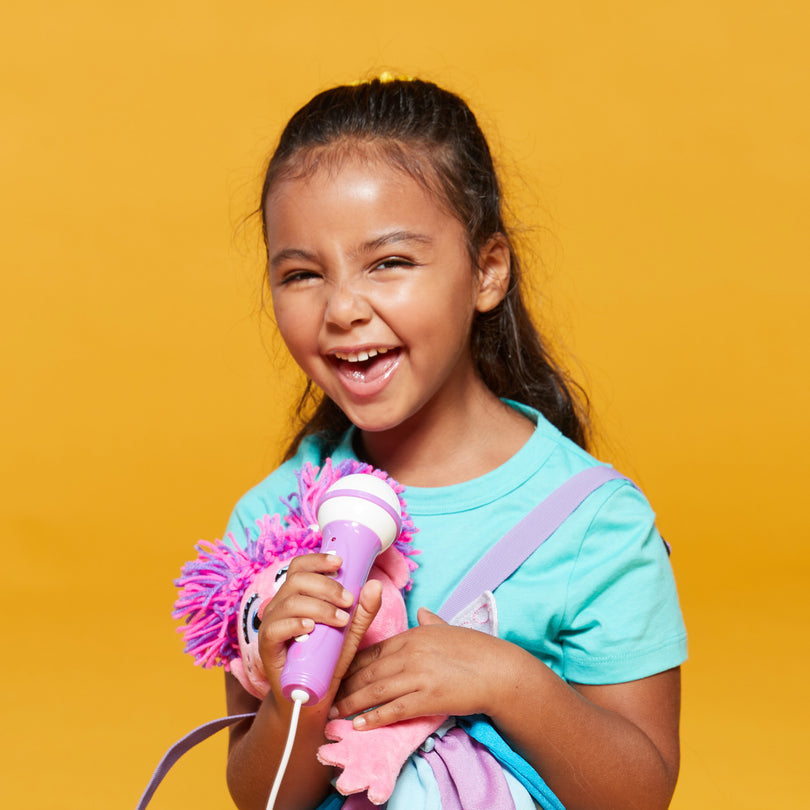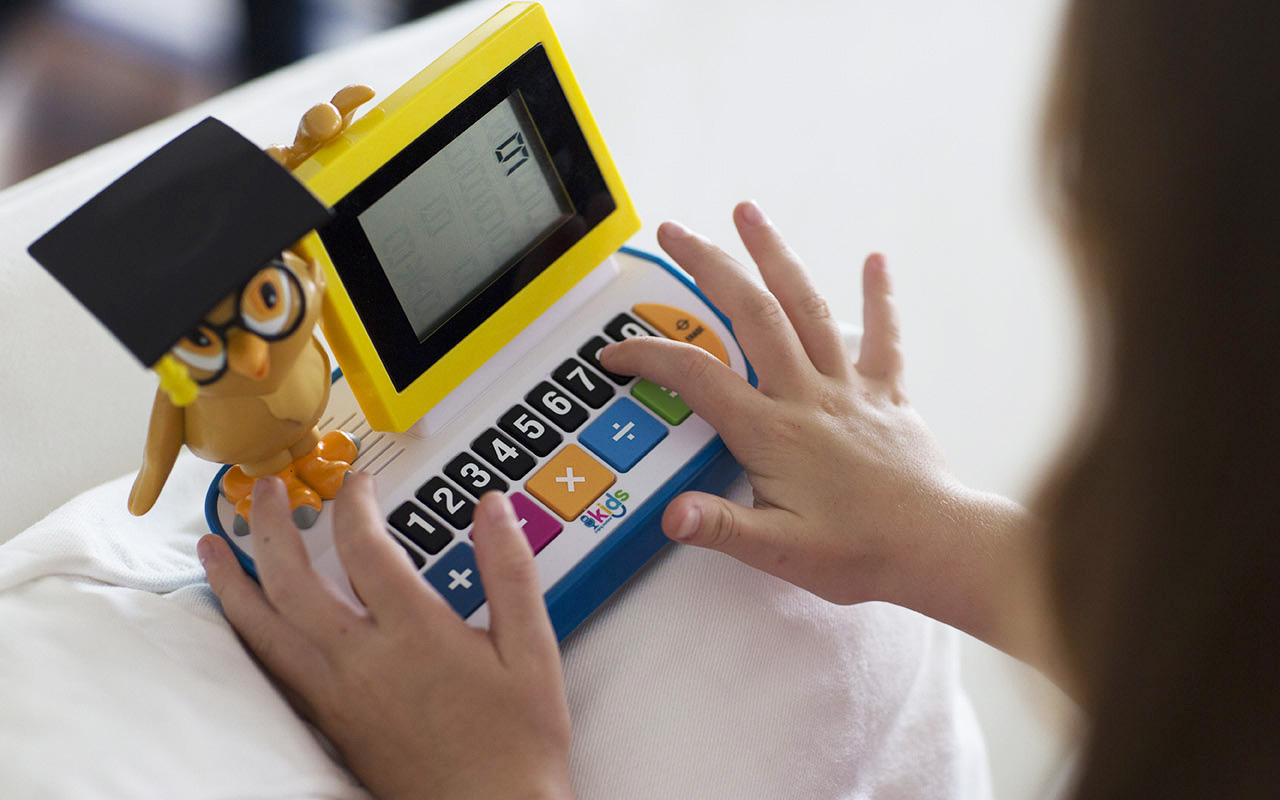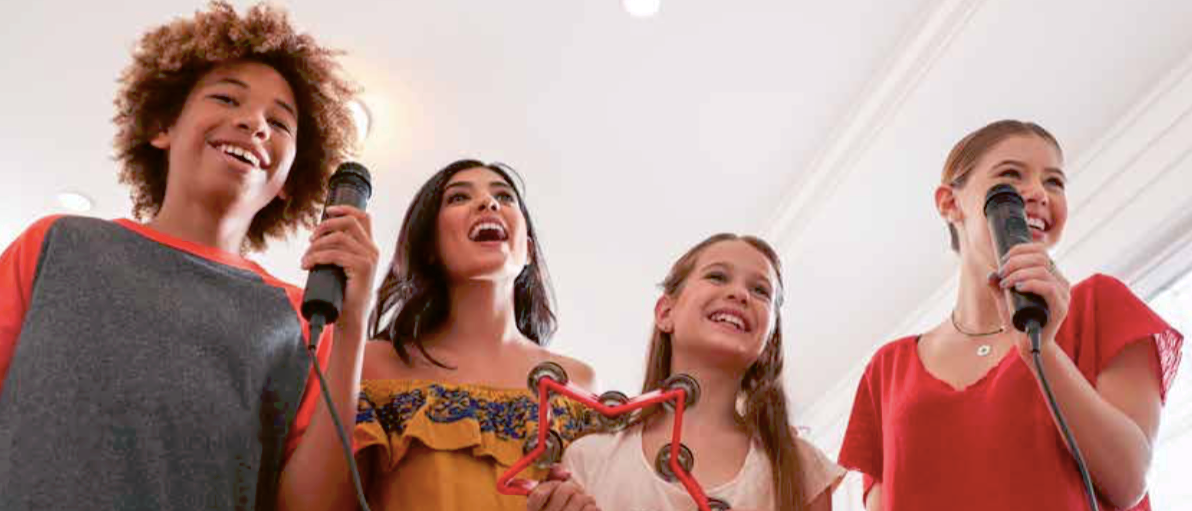As lifetime singers AND learners, all of us parents at The Singing Machine love to teach our little ones the joy of music. And with March officially kicking off Music In Our Schools Month®, what better time to honor music’s crucial role in education than the present? Read on to discover the benefits of singing for children, as well as some fun musical lessons for kids.
Cognitive Development
- Multi-Tasking. A child uses memory and organization when they learn to play a song.
- Physical Benefits. Deep breathing aids in more oxygen flowing to the brain, and endorphins boost a feeling of well-being, increasing brain activity
- Concentration, Imagination and Creativity. Like muscles, these skills take practice to grow strong, and learning a song encourages their development.
Language and Confidence
- Music aids the growth of self expression, vocal ability, enunciation and speech, which are crucial for confidence.
- With music, children don’t just learn to listen — they learn to enjoy listening, absorbing new vocabulary and tones of voice.
- Singing in a group or chorus promotes feelings of well-being and inter-connection amongst children
Musical Lessons for Youngsters
Tips for Teaching Your Child a Song
- You must first know the song completely. If you love to sing it, your child will love to learn it! Your enthusiasm is important, as well as your patience; repetition will seal the song in your child’s memory.
- Before you begin, discuss the songs meaning with your child. Make sure they understand the words and the tones.
- Echoes. Consider using a playtime puppet to sing out a line and have your child sing it back
- Add Dance Moves or ASL. Body movements help the brain remember. Specific words or emotions can inspire how you move.
- Add Rhythm or Humming. By humming a tune, we first learn the melody, then apply the lyrics. Rhythm helps kids understand a song’s heartbeat.
Peter and the Wolf
- This is a great intro to orchestral music and its instrument family, courtesy of the classic children’s piece, Peter and the Wolf and musical educator Phil Tulga’s lesson plan.
- Have your child listen to Leonard Bernstein’s narration of Peter and the Wolf with music: https://www.youtube.com/watch?v=K7f9OxyQ5PQ
- After, discuss how each instrument fits the character. Mr. Tulga’s page features isolated audio from each character and their instrument. Why did the composer choose the French horns for the wolf, or the bassoon for the grandfather?
- Explore the story in depth here: http://www.philtulga.com/Peter.html#01
RESOURCES








